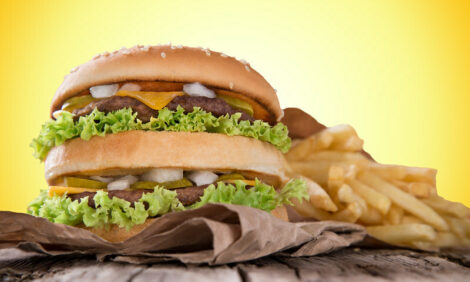



Short-term Outlook for Arable Crop, Meat and Dairy Markets
EU - The Short-term outlook is based on reflections of market experts within the Directorate General for Agriculture and Rural Development of the European Commission, using the latest data available. It is published three times per year (in late winter, early summer and early autumn).Highlights
Increasing autumn sowings and largely favourable weather conditions in Southern EU could relieve market tightness
Marketing year 2012/13 saw strong cereals net exports, especially of common wheat, despite an overall very tight market and large imports of maize. This resulted in less grain availability especially for feed, high prices and low stocks.
Overall increased autumn sowings for cereals and oilseeds, combined with so far favourable weather conditions, especially in the South of Europe, create expectations for a relief in the marketing year 2013/14.
Poor pasture and forage conditions affect strongly the EU milk supply
Poor pasture conditions due to wet and cold weather in Western and Central EU and the low forage harvest in some of the main EU producers led to a lower milk production in the first months of the year.
The tight supply is not limited to the EU and world dairy commodities prices are very high driven also by a strong world demand.
A slow recovery started in May and milk production in 2013 should catch up with last year's level at 151.8 million tonnes.
This prospect is supported by improved margins expected for the second semester as a result of higher milk prices and lower feed costs.
Slightly more meat in 2014 following two years of decrease
Prospects for an improved economic situation and lower grain prices could generate a slight increase in meat production which could reach around 43.5 million tonnes in 2014, after two consecutive years of reduced overall meat production driven mainly by lower supplies in beef and pig meat.
Recent growth rates in poultry meat production are expected to slow down, while meat production from sheep would continue to contract after the unusual increase of this year.
TheCattleSite News Desk


